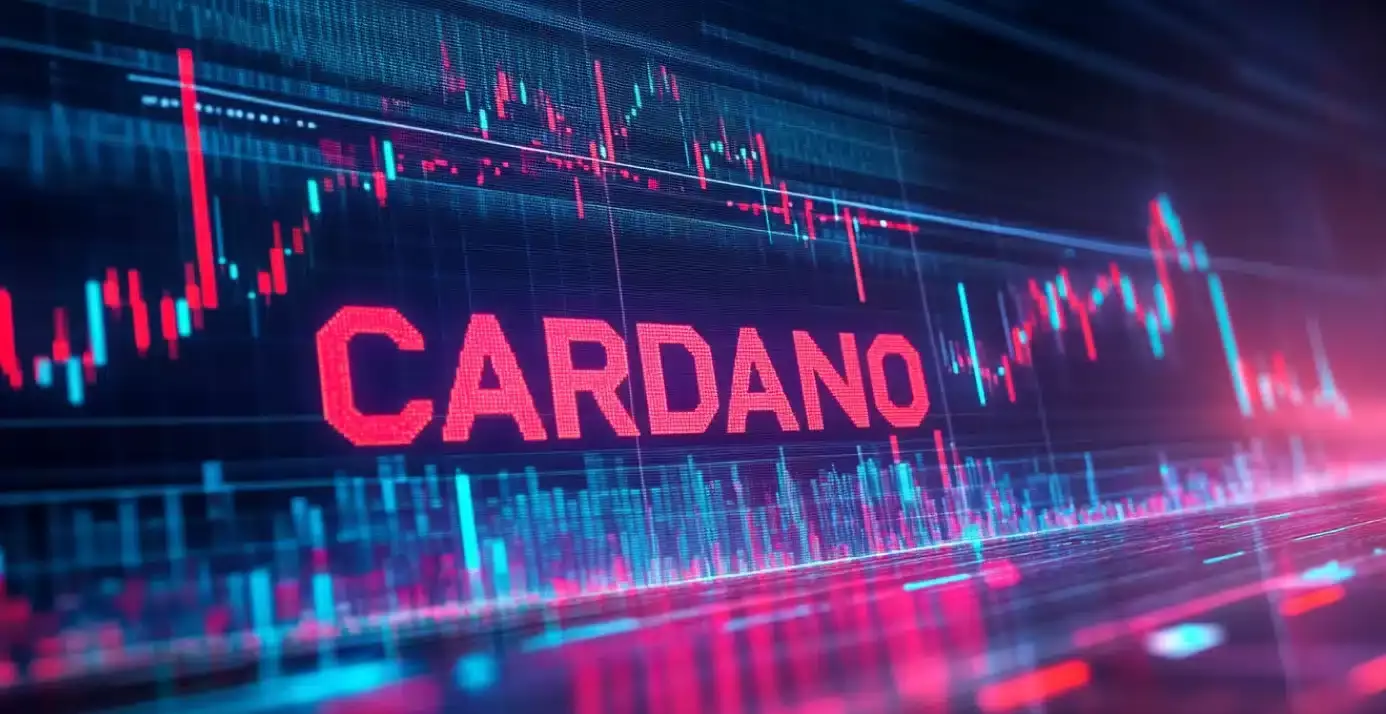In recent weeks, Cardano (ADA) has faced relentless challenges that have significantly impacted its market performance. By crashing below crucial support levels, Cardano’s token experienced a sharp decline, plummeting to approximately $0.70. This significant drop, which translates to a staggering 47% decrease from December 2022 highs, highlights a broader trend among various altcoins, each grappling with their unique struggles. Notably, other coins like Polkadot (DOT) and Chainlink (LINK) have also witnessed steep falls, with DOT hitting lows of $4.75 and LINK falling by 40% since their past peaks.
Cardano’s downturn coincides with an increased sense of apprehension within the cryptocurrency market. The crypto fear and greed index, a widely used barometer of investor sentiment, has taken a nosedive into the fear zone, now resting at a score of 35. This drop signifies that many investors are stepping back, adopting a cautious stance that reflects a broader trend of uncertainty. Fear often clouds judgment, and this hesitation can amplify price declines, creating a vicious cycle for tokens like Cardano.
Challenges Within the Cardano Ecosystem
Compounding these challenges is the underwhelming performance of Cardano’s ecosystem itself. According to DeFi Llama data, the total value locked in Cardano’s DeFi offerings has dwindled to a mere $350 million. This figure is particularly alarming when compared to other blockchain networks such as Mantle, Cronos, Zircuit, and Berachain, which have outperformed Cardano in this vital metric. Furthermore, Cardano’s market presence within the stablecoin sector is minimal, with its market capitalization sitting at just $22.48 million, a stark contrast to the strongholds held by competitors like Tron, Ethereum, and Near Protocol.
From a financial perspective, Cardano’s ecosystem is struggling to generate substantial revenue, producing a meager app revenue of only $1,236—an insignificant amount for a blockchain valued over $30 billion. Additionally, user engagement appears to be waning, with only 25,460 active addresses currently on the network. These figures suggest a troubling trend of disinterest, raising concerns about Cardano’s long-term viability as a competitive player in the cryptocurrency arena.
A technical analysis of ADA’s price movement confirms the bearish sentiment present in the market. The token has fallen well below key indicators, such as the 50% Fibonacci Retracement level and the 200-day moving average. Losing these significant technical markers is often viewed as a precursor to further declines, and for Cardano, the next critical support level to monitor is the recent low of $0.5597, which would represent an additional 20% plunge from current prices.
While Cardano is facing formidable challenges, the situation may change if the price surpasses critical resistance levels. A breakthrough above the $0.7610 mark could invalidate the prevailing bearish expectations, potentially resuscitating investor confidence. However, for that to occur, Cardano’s underlying ecosystem must also display signs of growth and renewed interest, making it a crucial player in the expanding crypto landscape. The coming weeks will be critical in determining whether Cardano can regain its footing or continue down its current trajectory of decline.

